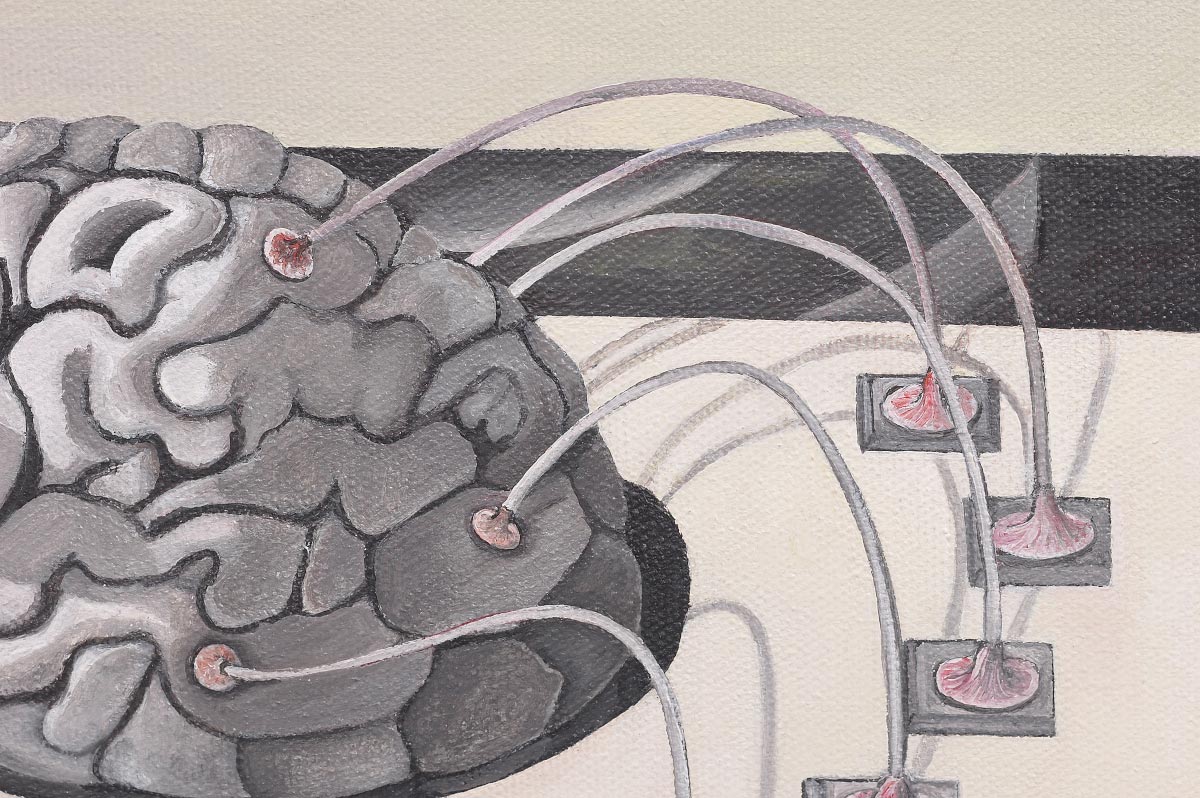Napa county: 1 Dead, 5 put on ventilators following Legionnaires’ disease outbreak linked to CONTAMINATED tap water
12/14/2023 / By Olivia Cook

A large community outbreak of Legionnaires’ disease linked to poorly maintained water systems in California’s Napa County has caused the death of one person and infected more than a dozen.
The Centers for Disease Control and Prevention (CDC) disclosed the outbreak, which happened between July and August 2022, in a Dec. 8 report. According to the report, Napa County Public Health (NCPH) identified 17 cases of Legionnaires’ diseases at the time. Fourteen of the cases were confirmed, while three were suspected.
Of the 17 cases, 16 were hospitalized. Ten of the 16 hospitalized individuals were transferred to intensive care; five were put on ventilators; and one died. The longest hospital stay was reportedly 36 days.
Interviews with patients or their family members revealed that 14 of the 17 cases lived in downtown Napa and Calistoga. Two visited downtown Napa, and one was working at the area.
According to the Daily Mail, CDC investigators traced the cluster of cases to “filthy maintenance of several water plant cooling towers.” This allowed Legionella bacteria to fester and run through the pipes into buildings, hospitals and people’s homes and their taps – “potentially exposing them to the bacteria when they drank contaminated water or breathed in tainted water droplets.”
Visual inspection, a review of maintenance records and sampling test results revealed that many lacked biocide application, low or no detectable chlorine at the time of sampling, improper distribution methods, or other problems with the water and wastewater management systems.
“We’ve had outbreaks from decorative fountains, and we’ve had outbreaks from potable water systems where people were getting infected probably through the showers and even the faucets,” said Dr. Arthur Reingold, who heads the University of California, Berkeley‘s epidemiology and biostatistics division. But the most common situation has been contamination of a particular type of air conditioning called a cooling tower.”
Legionnaires’ disease: What you need to know
Legionnaires’ disease is a severe form of pneumonia that can be life-threatening when your lungs get infected by Legionella bacteria. Pulmonary symptoms of Legionnaires’ disease include confusion, cough (usually dry), coughing up blood (hemoptysis), diarrhea, fever (often over 104 F or 40 C), generalized body and muscle aches, headaches, nausea, shortness of breath (dyspnea) and stomach (abdominal) pain. (Related: Legionella bacteria in municipal water systems has killed or sickened thousands – is anything being done to address the problem?)
People who fall under these categories are more likely to catch Legionnaire’s disease:
- Those 50 years old or older.
- Those taking medications for certain medical conditions (e.g., cancer, diabetes, HIV, kidney or liver disease) that can comprise and weaken the immune system.
- Those with a long-term respiratory illness, such as chronic obstructive pulmonary disease (COPD) or emphysema.
- Those who have been recently hospitalized, or have had surgery that required anesthesia.
- Those who live in a long-term care facility.
- Those who smoke or used to smoke cigarettes and tobacco.
According to a report published by Smithsonian Magazine, Legionella bacteria and other dangerous pathogens still lurk in drinking water in the U.S. despite the use of modern drinking water treatments.
Washington, D.C.-based environmental and public health consultant Joe Cotruvo said, “It’s never going to be 100 percent, but we have things well under control for pathogens in source waters. The data show that those risks are going down and have been going down ever since the Safe Drinking Water Act was implemented.”
“That is with one exception. What has been going up has been Legionella. Figuring out why – and what do to about it – is a major focus of efforts to combat waterborne diseases today.”
The report indicated that attention to Legionella has been heightened by the Wuhan coronavirus (COVID-19) pandemic because of two factors. First, COVID-19 infections could make people more susceptible to Legionnaire’s disease. Second, building shut-downs through the spring and summer of 2022 have left warm water stagnant in pipes — a perfect environment for Legionella to multiply.
CDC biomedical engineer and epidemiologist Chris Edens noted: “Many hotels, offices, schools and other buildings have been left fully or partially vacant for long periods. As those kinds of communities reopen, owners and operators need to be thinking about water management.”
Legionella grows naturally in the environment, especially in warm water bodies that can be drinking water sources. Health experts pointed out that the bacteria generally only becomes “a risk to human health when it enters and multiplies within human-made water and plumbing systems and then that contaminated water becomes aerosolized.”
“When inhaled at high enough levels, the bacteria can infiltrate the lungs and cause one of two forms of legionellosis – Pontiac fever, which is usually a fairly mild respiratory illness, or Legionnaires’ disease, which is a far more commonly reported and estimated to be fatal in one in 10 cases.”
Visit Outbreak.news for more similar stories.
Watch this video that explains what Legionnaires’ disease is all about.
This video is from the Daily Videos channel on Brighteon.com.
More related stories:
Deadly Legionella bacteria found on medical equipment at University of Washington Medical Center.
Sources include:
Submit a correction >>
Tagged Under:
big government, California, CDC, clean water, contaminated water, dangerous, environment, infections, infectious diseases, kill vectors, legionella, Legionnaire's disease, Napa County, national security, outbreak, pathogens, plague, tap water, water health, water-borne pathogens
This article may contain statements that reflect the opinion of the author
RECENT NEWS & ARTICLES
HealthScience.News is a fact-based public education website published by Health Science News Features, LLC.
All content copyright © 2018 by Health Science News Features, LLC.
Contact Us with Tips or Corrections
All trademarks, registered trademarks and servicemarks mentioned on this site are the property of their respective owners.




















